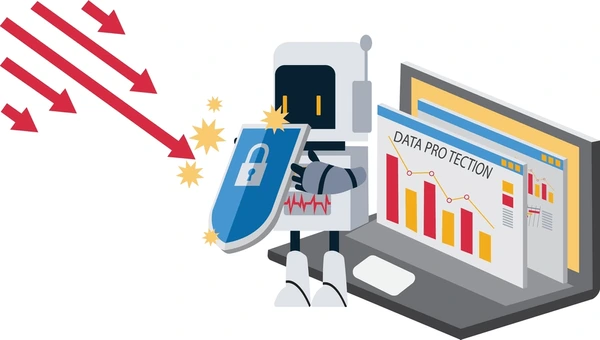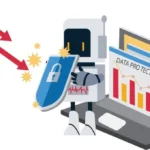
Explore antivirus:
What is Antivirus?
Antivirus software is a crucial component of digital security that plays a pivotal role in safeguarding computers and other devices from malicious software, commonly known as malware. Malware encompasses a broad range of threats, including viruses, trojans, worms, spyware, and ransomware, all of which can compromise the integrity and functionality of a system.
The primary function of antivirus programs is to detect, prevent, and remove these malicious entities before they can cause harm. These software solutions act as a digital shield, constantly monitoring the system for any signs of suspicious activity or known malware signatures.
How Does Antivirus Work?
Antivirus programs employ various techniques to identify and neutralize threats. Here are some key methods:
1. Signature-Based Detection: Antivirus software maintains a database of known malware signatures. When a file is accessed or downloaded, the antivirus scans for matches against these signatures. If a match is found, the file is flagged as malicious.
2. Behavioral Analysis: Some antivirus solutions analyze the behavior of files and programs. If a file behaves in a way consistent with malware, even if it doesn’t have a known signature, it may be flagged and dealt with accordingly.
3. Heuristic-Based Detection: This method involves identifying new, previously unseen malware based on certain characteristics or patterns. Heuristic analysis allows antivirus programs to detect threats that haven’t been explicitly identified in the signature database.
4. Sandboxing: Sophisticated antivirus programs may use sandboxing, a technique that involves running suspicious files in a virtual environment. If the file exhibits malicious behavior in the sandbox, it is identified and isolated before it can affect the actual system.
Necessary Steps to Remember While Browsing or Downloading Files:
1. Keep Antivirus Software Updated: Regularly update your antivirus software to ensure it has the latest virus definitions and security patches.
2. Use a Firewall: Enable a firewall to control incoming and outgoing network traffic, adding an extra layer of protection.
3. Be Cautious of Email Attachments: Avoid opening email attachments from unknown or suspicious sources, as they can harbor malware.
4. Download from Trusted Sources: Only download files and software from reputable websites. Avoid downloading cracked or pirated software, as they may contain malware.
5. Keep Operating System and Software Updated: Regularly update your operating system and other software applications to patch vulnerabilities that could be exploited by malware.
6. Use Strong Passwords: Employ strong, unique passwords for your accounts to prevent unauthorized access.
By incorporating these practices into your online activities, you can significantly reduce the risk of encountering and falling victim to malware threats.
eScan Antivirus by the Indian government for Android mobile: Click here to Download
The Best Antivirus Software Recommended by CERT-in
#antivirus #vrajtechnologies




